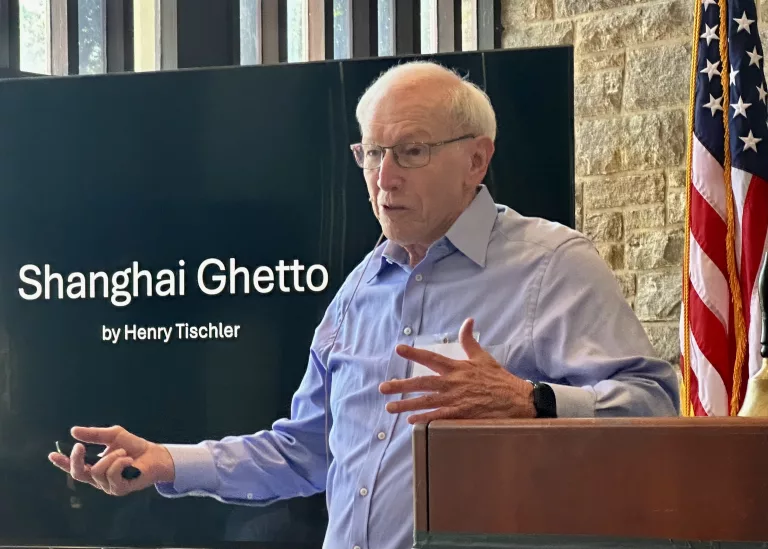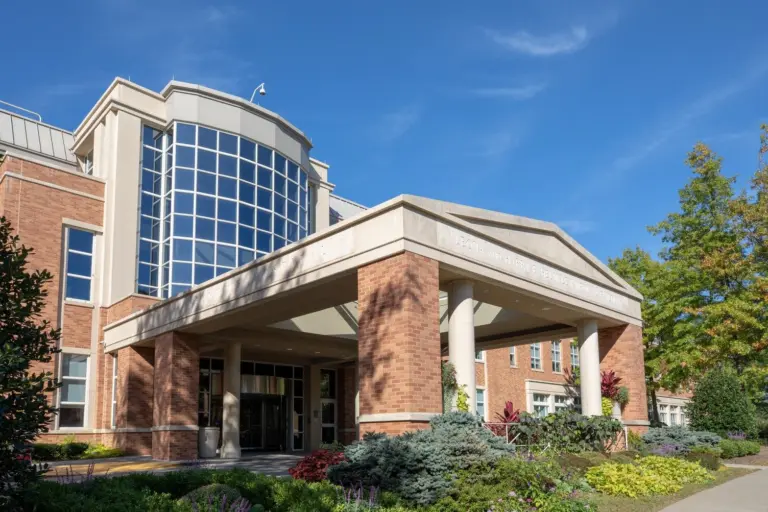By Rabbi Mitchell Hurvitz
Sentinel Columnist
When our spiritual ancestors wandered in the wilderness, Moses solicited their donations in order to support the building of the Tabernacle—which in essence was a portable temple.
God had commanded Moses: “Let them make Me a sanctuary that I may dwell in their midst.”
The stated purpose of the Tabernacle is so that God has a place to dwell. But why does God need a place to dwell?
Judaism dogmatically teaches that God is everywhere.
A song commonly taught to young Jewish Children, hand and body motions always included, goes like this:
God is here (pointing to our heart)
God is there (pointing up)
God is everywhere (pointing all around)
Up, up; down, down; all around (body up and down)
The prophet Isaiah declared, “The whole earth is full of God’s glory.”
A story is told of a rabbi who offered a coin to his daughter if she could answer the question ”Where is God?” The daughter said to her father, ”I will give you two coins if you tell me where God is not.”
Seemingly, God doesn’t need a sanctuary. So why build it?
It’s a major “ask” for recently freed slaves to now give part of their meager savings to build a sanctuary. Not only do the Israelites have to pay for the new portable building, but they have to be the manual workers to actually build it.
So, why did God require the building of the Tabernacle?
The reason is because God wished to transform our spiritual ancestors from a having passive relationship with God to having an active relationship.
Prior to the building the Tabernacle, God was doing all the “heavy lifting”: 10 plagues, the parting of the sea; heavenly bread; miracle after miracle…
But, moving forward, the Israelites needed to not only receive God’s gifts, but to give back in return.
By building a sanctuary for God, our spiritual ancestors were demonstrating their own active commitment to bringing holiness into the world through their own words and actions.
Judaism is a religion that believes in God, but doesn’t rely on God.
Rabbinic dogma teaches that “atheism” is kosher, because when we see another in need we should act as if God is not present to intervene.
Jews start with their own outstretched arms, and from our reaching out to both God and all of God’s children, we then successfully make God dwell in our midst.
Constructing a sanctuary shows our commitment to bringing holiness and goodness into our world.
A sanctuary can serve as a focal point for communal gathering, reflection, and holy actions.
However, a physical place to gather is of no use if we don’t utilize the communal catalyst to succeed in our holy mission as religious people.
God has the potential to be everywhere, but the actuality is that God only dwells in the places where we let God reside.
Without holiness and goodness dominating our daily words and actions, God’s presence in our own lives is irrelevant.
As 21st century Jews, we have to work very hard to make God’s presence relevant.
We do this with both the support of our synagogues and other Jewish institutions, but also with our constant striving for holiness and goodness.
The ancient Israelites offered their sacrifices in the original Tabernacle—a tithing of their animals and harvests that was communally shared. Our ancestors lived in a world where it made sense that their sacrifices were animals, or harvests.
Today our sacrifices for God are either a tithing of our time or our resources, so we too will appropriately share with those in need.
God declared: “Let them make Me a sanctuary that I may dwell in their midst.”
This mitzvah always applies in our lives. Sanctuary is both physical and meta-physical; it constitutes being nurtured and nurturing others. We are commanded to be active partners with God, always working to bring sanctity into our world.
Mitchell Hurvitz is senior rabbi at Temple Sholom in Greenwich.





